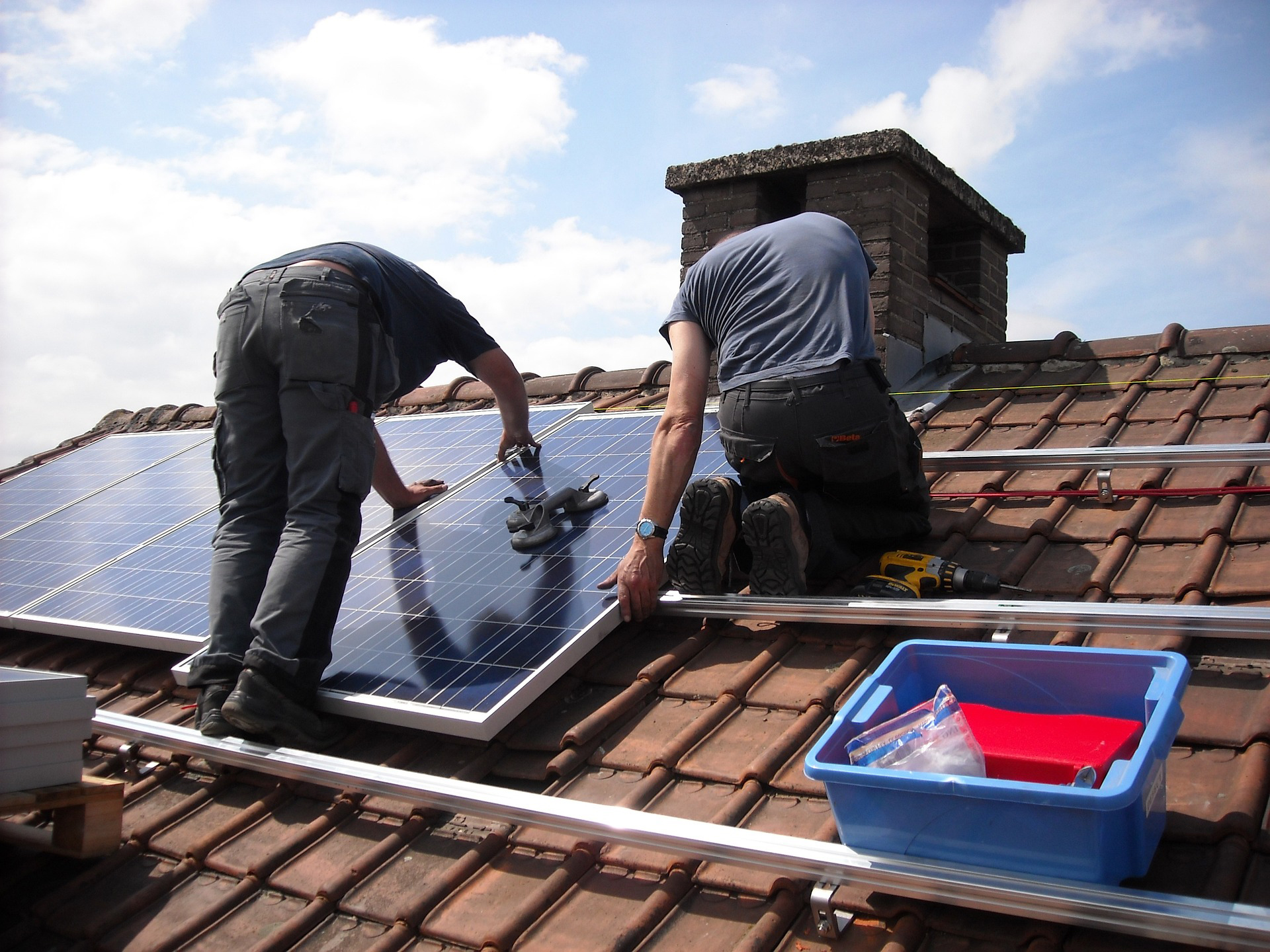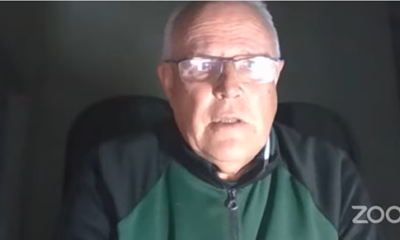
Banner

Don’t need solar to get your lithium back
As we gear up for a cold, dark winter under the looming threat of stage 8 loadshedding, many of our thoughts turn to solar. Yet before cashing in a portion of your home loan or signing a rental agreement, consider whether solar is the right power solution for you.
“The first question I always ask people is what problem are you trying to solve?” says Gidon Kruger, a chartered accountant and the co-founder of Lalela Retail, which imports and distributes back-up power solutions and supplies major retailers including Builders Warehouse and Leroy Merlin. “Are you just trying to stop the inconvenience of loadshedding? Then you don’t need solar.”
Those investigating solar, he says, are generally either wanting to save on rising Eskom tariffs by generating their own electricity, or have experienced regular prolonged outages due to faulty substations that blow because of loadshedding.
With record increases of 18.65% for standard Eskom customers and 18.49% for municipalities for the 2023/2024 financial year, it’s not surprising that people are seeking alternative power sources. Yet, says Kruger, tariffs would need to increase significantly and continuously for solar to offer a true saving. “The truth is that from an economic perspective, solar doesn’t necessarily really make sense yet – its financial benefits aren’t black and white.”
That’s why he suggests investigating other options first, especially if your budget is tight and mitigating the effects of loadshedding is your sole motivation. If staying connected for work is your primary concern, consider a WiFi UPS, which costs R1 400 and provides back-up power for your router.
“That will keep your internet up even through stage 8 loadshedding,” says Kruger. For below R2 000, one can also purchase a laptop power bank that can keep the laptop running for an additional two and a half hours if its battery life is limited.
For wider but still affordable back-up coverage, consider an inverter trolley. “These are plug-and-play solutions that you buy off the shelf,” Kruger says. “You plug them into the wall like an extension cord and then plug whatever you want into that, be it your television, your computer, your router, or anything with small voltage.”
Yet, when purchasing any kind of inverter, be wary of certain battery types. “Lead acid is dead acid and gel is from hell,” Kruger cautions. Generally lasting for between 150 to 250 cycles, these batteries were made for inverters designed for old loadshedding schedules that generally spanned only stages 1 to 4. There also used to be power cuts for only about 50 days a year. What we’re dealing with now is completely different.
“With today’s loadshedding frequency, within three to six months, your battery’s going to be completely dead,” Kruger warns. That’s why when buying any inverter, he advises purchasing a lithium battery. It offers roughly 2 000 cycles, and you’ll get 10 times the lifespan out of it, so even though you’re paying more upfront, you’re saving in the long run.
If you buy an inverter and lithium battery that is wired through your home or into your distribution board (DB board), the capacity and costs will depend on the size of your home and what you’re looking to power. For example, in an apartment or townhouse, you’re able to keep your TV, your internet, your fridge, and your lights on – as long as they’re LED – with a 3KVA (kilovolt ampere) inverter and a 2.5kW (kilowatt-hour) battery that gets wired into your DB board. This costs about R35 000 to R40 000, says Kruger. If you live in a bigger property, you need higher wattage and battery capacity, and the costs therefore increase. For example, a small to medium size house will need a 5KVA inverter and 5kW battery and will cost around R65 000 to R75 000.
“Even if we do reach stage 8, we’re looking at four to four and a half hours of outages at a time,” he says. “You have at least three and a half hours in between to recharge your batteries before the next loadshedding cycle, and so an inverter and lithium battery is sufficient.” Should your needs change or you want solar power but can’t quite afford it yet, you’ve laid the groundwork by installing a lithium battery inverter which is basically solar ready.
“When you install the solar panels, the portion of what they produce through the sun’s photons will get used immediately,” says Eitan Glassman, electrical engineer and the founder of niche energy savings solutions company GreenMatters Engineering. “The excess will then be stored in the battery, which can be used for times when the sun isn’t shining and at night.”
Yet, cautions Kruger, in spite of the fact that night time is when we consume the most power, many solar systems are set up only as back-up power. “To really save money, you have to set up the inverter to run the battery every single evening regardless of loadshedding,” he says. However, one battery will get you through only four and a half hours, after which you’ll automatically revert to Eskom power unless you have multiple batteries and panels.
Solar systems vary in cost. “For an entry-level system with a 5KVA inverter, a 5kW battery, and eight 450W (watt) panels, you’re looking at about R130 000, fully installed,” says Kruger. Yet if you want to go off the grid and not rely on Eskom at all, you’ll pay about R500 000. On the plus side, you can claim cash back on your residential solar system. According to National Treasury, individuals will be able to claim a rebate to the value of 25% of the cost of new and unused solar photovoltaic (PV) panels, up to a maximum of R15 000 per individual.
You can either rent or finance the full amount of your solar system upfront – whether through savings or by taking the money out of your home loan, an increasingly popular option. It’s a nuanced decision that needs to take into account factors like how long you’re planning to stay in your home and whether you’ll still want solar if and when the Eskom crisis is resolved.
Rental options are affordable, for example ranging from about R1 740 from GoSolr to R1 900 a month from Versofy Solar, which both include ongoing maintenance. Yet, it pays to read the fine print. Some contracts lock you into a three-year commitment which, if broken early, is subject to hefty penalties. Others go month to month but then charge more than R20 000 to decommission the system.
Though reputable companies do due diligence when they use third party installers, it’s generally your responsibility to ensure that your workmen are reputable, Glassman cautions. “I’ve seen people who install gardening or fire systems now selling solar, anyone that has a bakkie and offers some form of house services is now selling solar,” he says. Research the company you use, ensure they’re health and safety compliant, and ensure they have a good track record by obtaining independent references.
For any solar system, you need a certificate of compliance from a reputable electrician. “Ask for an expert electrician card which means that they have the qualifications to understand electricity and install electricity correctly,” Glassman says.










